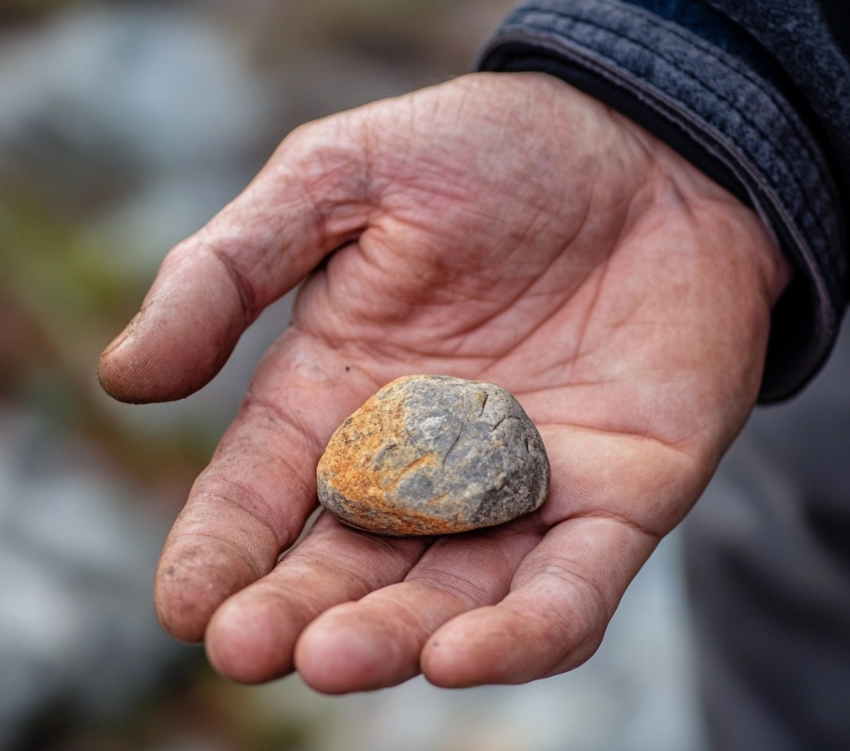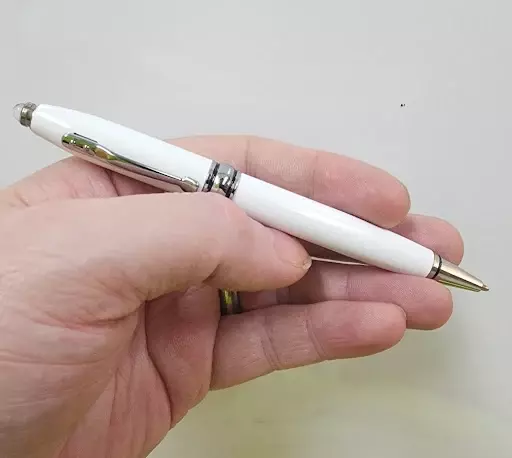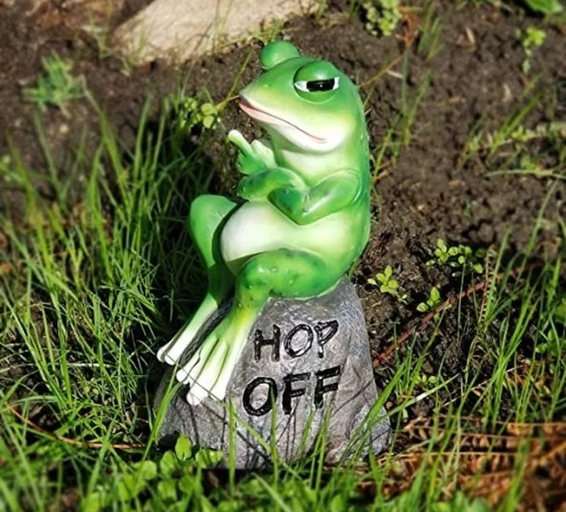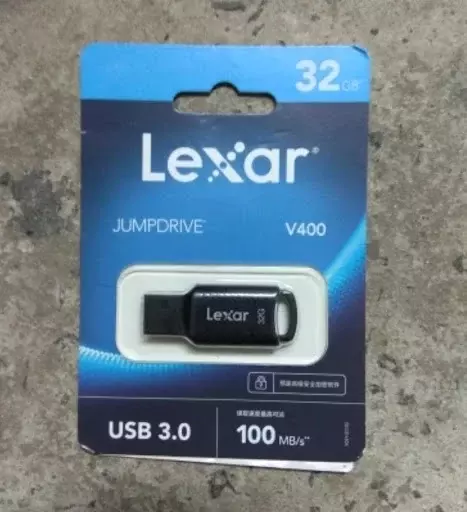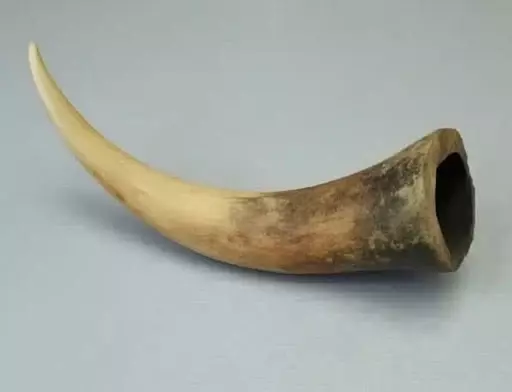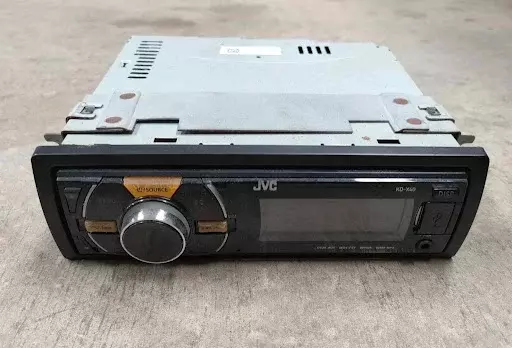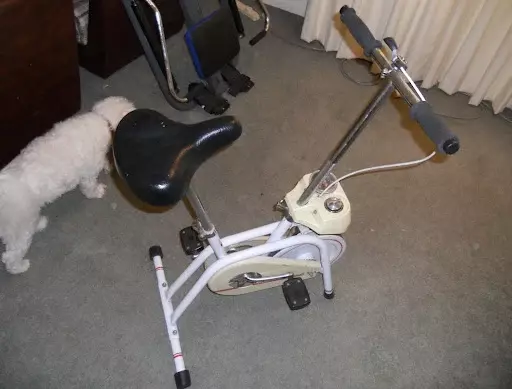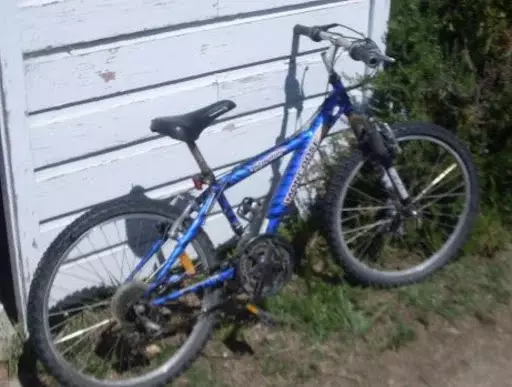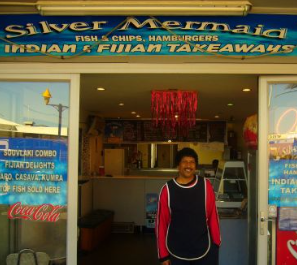Hello! My name is David Liddell.
I started with a rock and traded my way—step by step to a year’s supply of fish and chips. No cash, just strategy, story, and the art of understanding value
This is my dream life (old site MyDreamLife.co.nz) use the way back when machine to follow. These trades started in 2009. Good things take time.

